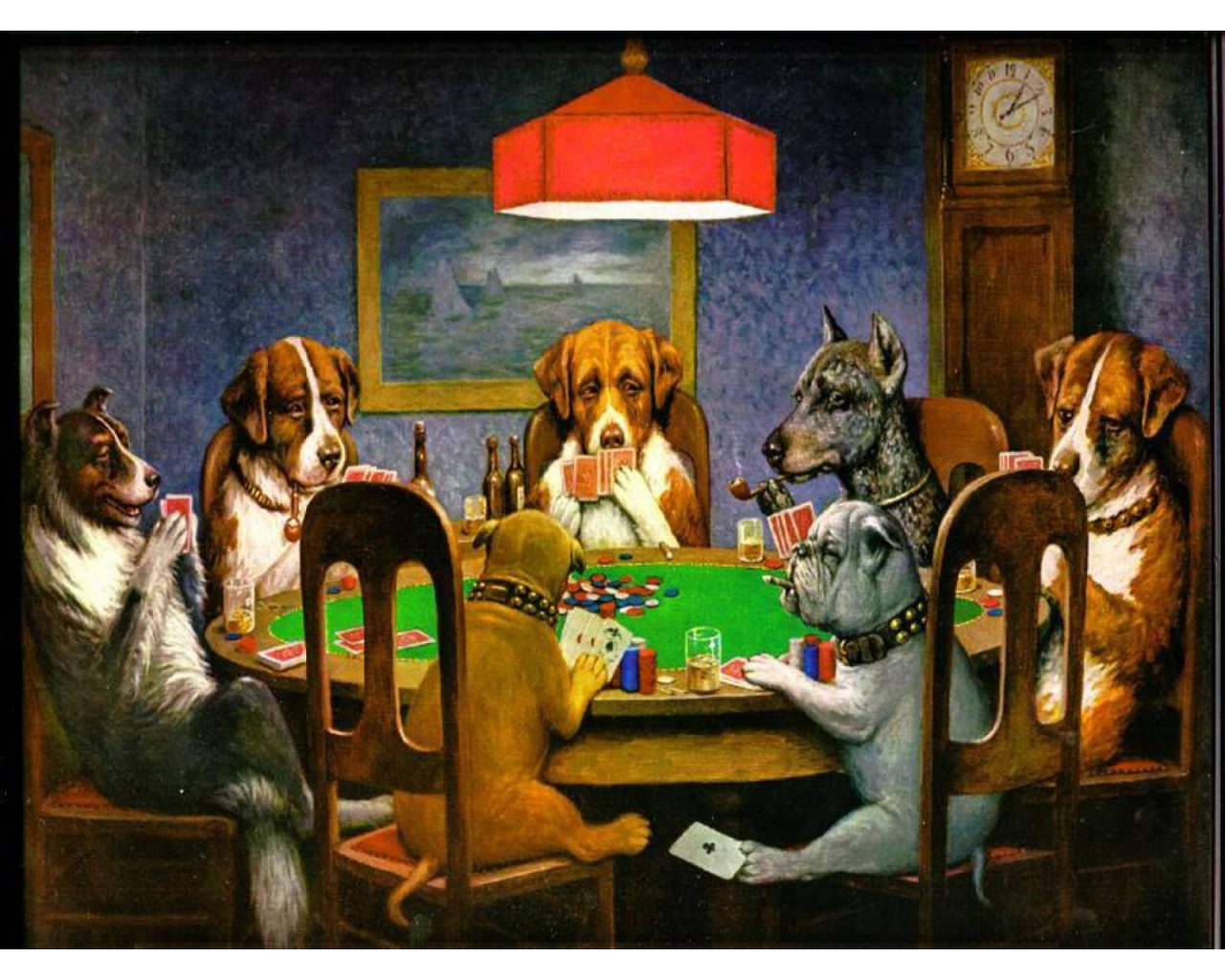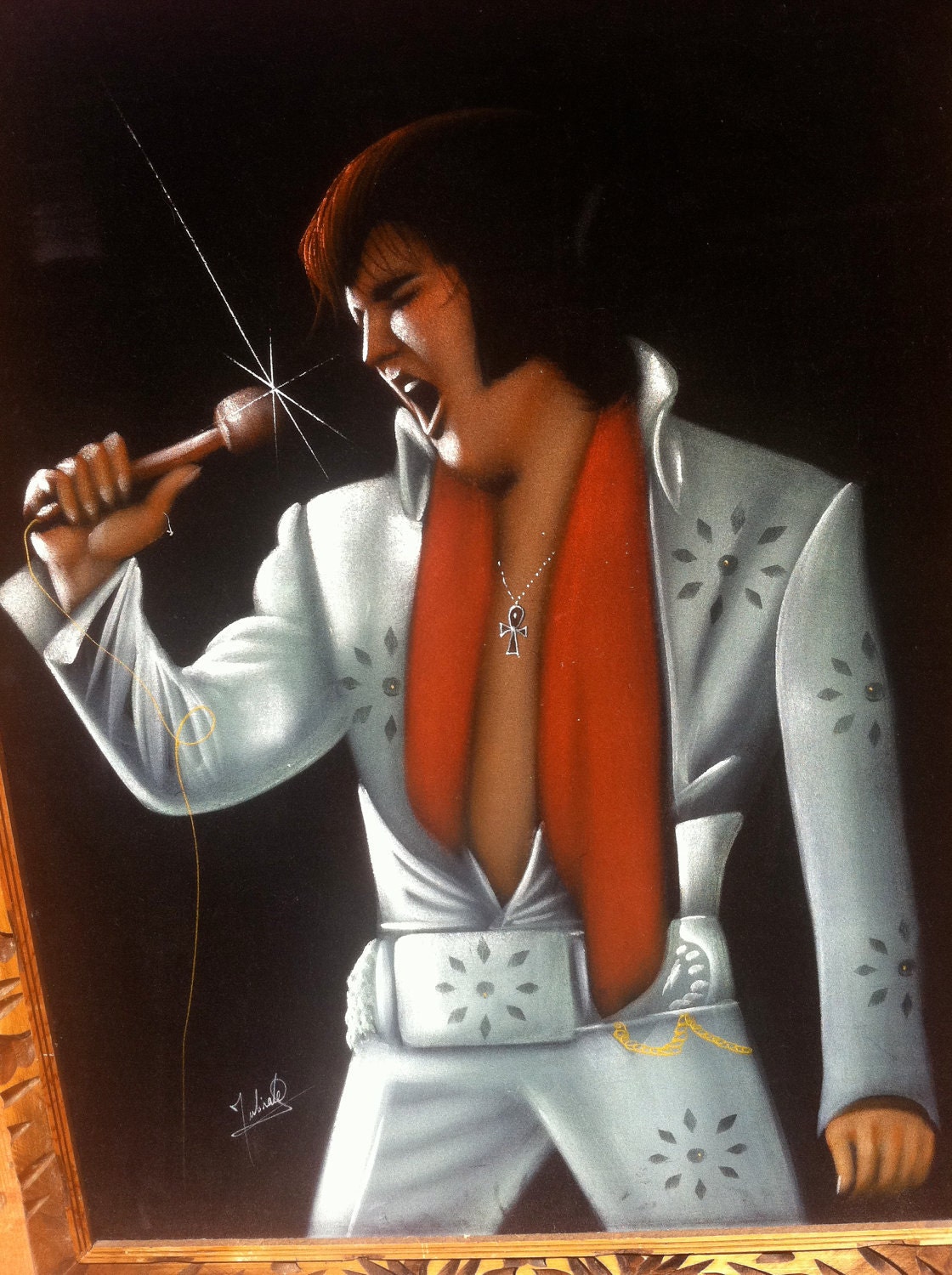



Got that last one at the Neverland Clearance Sale. Boys pants were half off.
Posted on 09/19/2024 11:19:15 AM PDT by nickcarraway
Shock Scientific Study Reveals that Vincent van Gogh’s ‘Starry Night’ is scientifically accurate. How did he do it? Read on to find out.
Apparently, Vincent van Gogh’s ‘Starry Night’ is not only one of art’s great masterpieces, but it is also scientifically accurate.
Vincent van Gogh’s ‘Starry Night’ has inspired poetry, theatre, books, and even legendary artists like the iconic Tupac Shakur and Don Mclean.
If that wasn’t enough, a recent scientific study has finally revealed that Vincent van Gogh’s ‘Starry Night’ is not just an artistic masterpiece but also a scientifically accurate depiction of atmospheric turbulence.
Van Gogh’s brushstrokes are so effective at conveying movement that they encouraged researchers to wonder just how closely they reflect the actual physics of the sky. And when they looked closer, they found that his painting mirrors the behaviour of atmospheric turbulence.
It turns out that the swirling brushstrokes on the canvas match the turbulence dynamics of real-world physics, suggesting that Van Gogh may have had an innate understanding of natural atmospheric motion.
French and Chinese scientists carried out the research using high definition images of the original painting, and the findings were published in the Physics of Fluids journal.
What Did They Find?
Turbulence in the Painting:
If inspiring people worldwide for over a hundred years wasn’t enough, Van Gogh somehow managed to align the scale and pacing of his brush with something called cascading energy, one of the telltale signs of atmospheric turbulence. How he managed to do this in 1889 is simply extraordinary, but rest assured, Ancient Aliens will get to the bottom of this. The swirls weren’t just pretty, they followed the rules of physics.
To make things even more intriguing, scientists used high-resolution digital images of Starry Night and discovered that Van Gogh’s portrayal of the swirling sky matches up with a concept called Kolmogorov’s law, which explains how energy moves in turbulent flows, from larger objects to smaller ones.
How Did Van Gogh Do It?
It’s hard to say exactly how Van Gogh managed to achieve such scientific accuracy in his depiction of the sky. Some speculate that his bouts of mental illness – he was famously admitted to a psychiatric hospital after cutting off part of his own ear – may have played a role in how he saw the world. Others believe he was communicating with aliens, but we’ll leave that story for another day.
In all seriousness though, Van Gogh, it seems, was more than just an artist; he was a 19th century scientist of the skies.
Share the Discovery
If you’re fascinated by wild revelations and weird and wonderful stories, share this article.
PS: If you enjoyed this article, you might also like to read about this 12-year-old boy who found a 2000-year-old Roman bracelet while walking his dog, or this 60-million-year-old fish thought to be extinct, but that was found alive and well in a pond.
Sometimes God reveals secrets to those who pay attention, especially to His creation.
“Spinning Away” (Brian Eno/John Cale) is a splendid song about this painting - it really captures the artist’s mind-set while painting.
When you look at Van Gogh’s paintings in person, you realize he’s highly overrated.
You can see these whirls/whorls forming after you wash the dishes and stare at the water settling before you drain it.
Micro-macro....that`s probably where he saw it after Hortense washed the dishes.
But I'm not down with the author's premise that he was somehow perceptive of near-invisible laws of physics when too many of his later works better show his style changed over time due to advancing glaucoma.
Images of the South Pole of Jupiter resemble this painting
You can also see whorls in foamy streams that have rapids and side pools... and also in flowing mud puddles after rainstorms...and in drafts of stopping boats at their sterns
cavitations ...nuthin new
I was at an art gallery in Lahaina Maui and Anthony Hopkins was giving a reception for his paintings. Of course the snooty snobs had to ask all kinds of snooty questions. The best line of the night he said, “I just like painting. Why does there have to be a message behind everything?”
I’d never been a fan, and stumbled across an exhibition in Detroit years ago. As with the Impressionists, his works have WAY more impact in person. Prints are a very poor substitute.
I don’t care for any Van Goghs I’ve seen, except this one. (I’m sure I haven’t seen them all though.)
We bought a couple Red Skelton clown paintings at a Lahaina gallery. I guess it was late ‘70s or early ‘80s. My ex got them in the divorce.




Got that last one at the Neverland Clearance Sale. Boys pants were half off.
That Elvis one caught my attention. I’d be interested, but only if it’s on velvet.

And it still has that authentic motel room smell!
Seriously though, Red Skelton and my father (both in vaudeville way back) had a raging fistfight. Over a dancer who snubbed them both for a stage hand. Some themes in life persist through time.
“How Did Van Gogh Do It?”
It’s a coincidence, and they “read into it”, that’s how.
Turbulent flow vs laminar.
also explains women`s hairdo`s.
Van Gogh just looked at the clouds rolling by.
Disclaimer: Opinions posted on Free Republic are those of the individual posters and do not necessarily represent the opinion of Free Republic or its management. All materials posted herein are protected by copyright law and the exemption for fair use of copyrighted works.